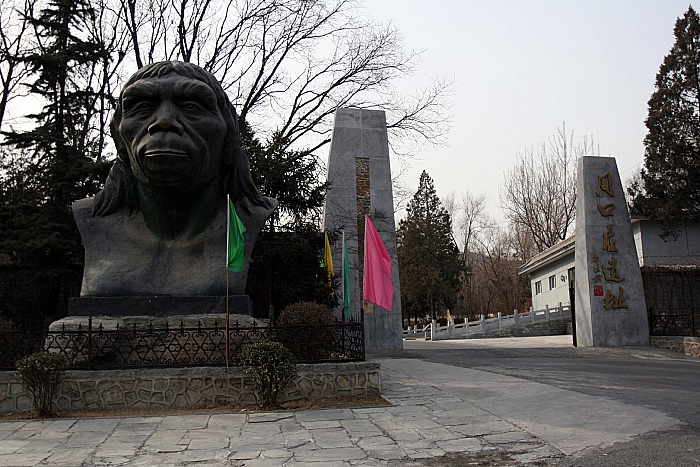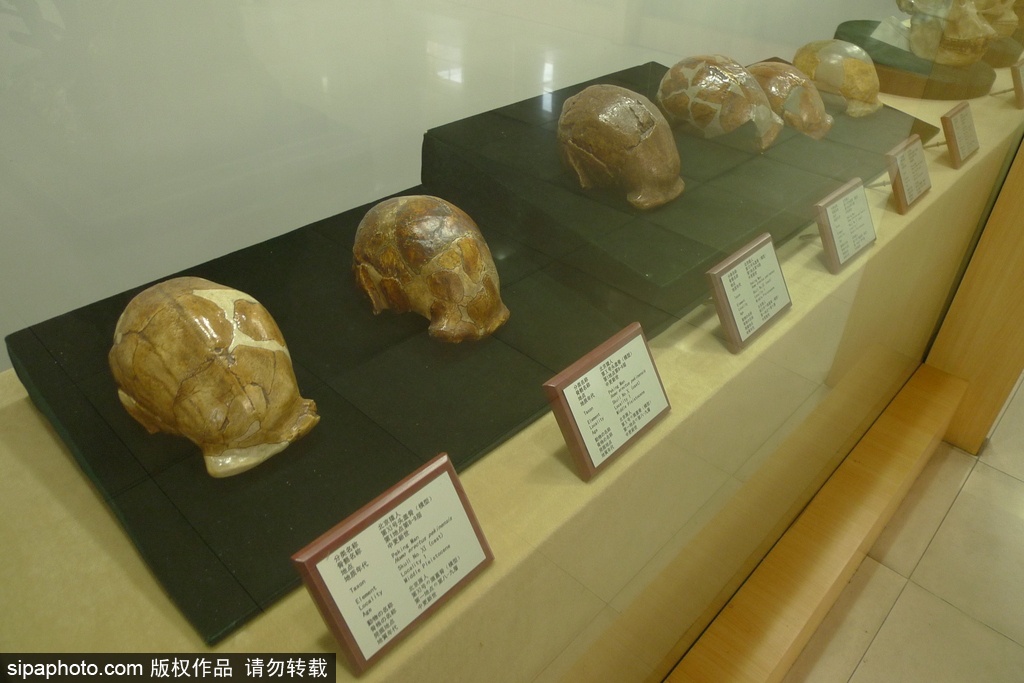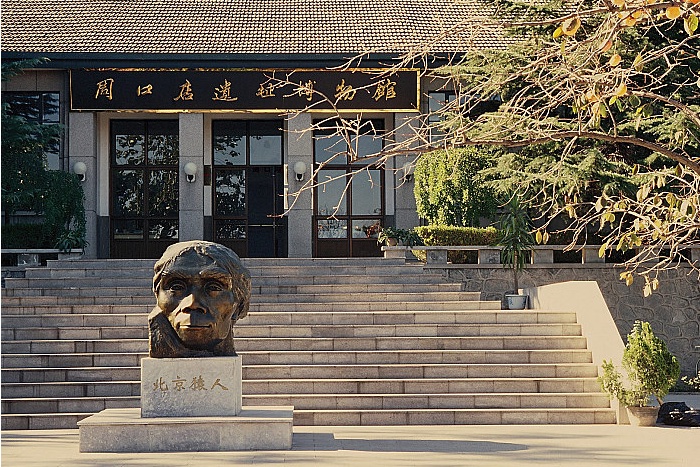Zhoukoudian lies 50 kilometers to the southwest of the urban district of Beijing, where the world-famous Peking Man lived about half million years ago. It was listed a world heritage site by UNESCO in 1987. Adequate water supply and natural limestone caves in the area provided an optimal survival environment for early humans. So far, more than twenty localities have been found at Zhoukoudian, such as the Peking Man Cave, Upper Cave and New Cave. The discoveries of human and other animal fossils, man-made stone tools, and the evidence of fire usage astonished the world in the 20th century. The Peking Man Site is not only the treasure house of human fossils, but also the research base for paleoanthropology, prehistoric archaeology, paleontology, stratigraphy, chronology and petrology.

The site at Zhoukoudian bears historic evidence of human evolution. It maintains and passes on its authentic historical information, and promotes the research on the origins of early humans. The fossil localities and the setting of the site have been effectively protected. The conservation projects for the site have strictly followed the principles for cultural heritage conservation in terms of design, material, methods and technology.

Discovery
When the first skullcap was unearthed at Dragon Bone Hill, northwest of Zhoukoudian in December 1929, it was done so by Pei Wenzhong, a Chinese paleoanthropologist, working in a 40-meter crevasse in frigid weather with a hammer in one hand and a candle in the other. The whole world was stunned by the discovery. A second skullcap was discovered close to the first in 1930 and by 1932 nearly 100 workers were deployed at the site each day.
So far, archaeologists have unearthed over 40 individually fossilized skeletons of "Peking Man", male, female, old and young at the same site. Zhoukoudian, therefore, became the most common site for human remains with the most abundant fossils in the world from the same period. The discovery pushed the history of Beijing's civilization back to 200,000 to 700,000 years.
On Dragon Bone Hill were also found fossilized remains of Upper Cave Man, who lived 18,000 years ago, as well as sites of New Cave Man, who lived between Peking Man and Upper Cave Man.

Introduction of Some Localities
Peking Man Cave
Discovered in 1921, Ape Man Cave is the most famous place in the Zhoukoudian section. Nearly 27,000 cubic meters have been excavated mainly from the middle part of the deposit. It was filled with Peking Man remains and relics, stones and sands. A thick deposit was formed consisting of 13 layers from, east to west, is about 140 meters long, 2-40 meters wide and about 40 meters deep. This is most complete site of the same geological age in the world and plays an important role in scientific research.
Upper Cave

Excavated by Mr. Pei in 1933 and 1934, the Upper Cave is another important locality of Zhoukoudian Site due to its being located on the top of Dragon Bone Mountain. Three complete skulls and other human fossils from at least 8 individuals, together with the majority of the fossil animals were found in the cave, included fish, amphibians, reptiles and birds, ornaments, and tools.
Tianyuan Cave
Tianyuan Cave was discovered in 2001 with a total of 34 pieces of ancient human fossils and 39 species of mammal fossils. The human fossils pertained to modern Homo sapiens anatomically in configuration, which is the earliest modern type human remains identified in east of Eurasia up to now and in the same evolution stage with the Upper Cave Man.
Zhoukoudian Site Museum

Zhoukoudian Site Museum lies about 500 meters to the Peking Man Site at Zhoukoudian, working as a window to show the culture of the Peking Man Site. It was rebuilt on the basis of the ape-man exhibition hall in 1953 with the area of 1000 square meters and more than 600 cultural relics, which are mainly the achievements of archaeological finds of the site.
Address: No. 1 Zhoukoudian Street, Fangshan District, Beijing
Opening Hours: 8:30-16:30 (Peak Season), 9:00-16:00 (Off-season)
Admission: 30 RMB/person



